Who Am I?
by Joe Lonergan, Illuman Wisdom Elder
Some years ago, when I was an undergraduate, I was required to take three philosophy classes to complete my degree. One of those classes was called Philosophy of Man. I took it when I was a sophomore. One of the assignments was to draft a one-page paper on the topic, “Who Am I?” I thought to myself that this would be easy. However, after announcing the topic, the professor added that we could not make a list of things that we thought best defined us, such as our gender, race, age, list of accomplishments/awards, faith tradition, or titles such as son, brother, role at a job, or as a volunteer. Suddenly, a simple paper that I could crank out in a brief time became a big conundrum for me. Who am I if I cannot put down all those things that I knew myself to be and/or what others expected of me? The topic of this paper haunted me then and planted a seed of ongoing inner work.
When I did my Men’s Rite of Passage some twenty years later, that question was again asked of me—after time had passed and I had taken on even more roles and accomplishments.
Identity is something that we hear a lot about in today’s world. Many people are trying to discover who they truly are. The danger of clinging too much to any of our roles, titles, accomplishments, faith traditions, etc. is that we feel threatened if anyone challenges us or does not acknowledge who we claim to be. It can lead us to feeling safer with polarized groups that we think will protect what we have or who we are. I have found that takes a lot of energy that is fueled by fear or anger. Historically, it has resulted in paths of violence, colonialism, domination, arrogance, and destruction.
Nature has a lot to teach us about living into this question. A bird knows what it is. It does not aspire to be a dog or even another type of bird. It lives in the cycle of life with all its joys and struggles but does not lose a sense of what it is. It grows into the rhythms of each day and understands there is a time for everything.
Recently, my wife Carmen and I adopted Cora, an 8 ½-year-old Belgian Malinois. She was part of a family for eight years but was passed on to the humane society after the family underwent a divorce. Cora was displaced by what and who she knew. Before we adopted her, she was in a small kennel for two months along with many other abandoned or abused dogs. She was spending most of her time in a small cage with many people walking by and looking at her, sizing her up and trying to find a dog to their liking. Few people want an older or larger dog.
We could tell that she was stressed because her ribs were showing, she had a hot spot which she had gnawed enough to draw blood, and her digestive system was irritated. She just wanted to be who she knew herself to be. It took a month or so of living with us, but she found a rhythm to life that allowed her the freedom to be a dog. Her transformation brought us more in touch with who we are, and it has a lot to do with having someone or something mirroring that back to us.
In a simple gaze upon another (any created thing in this magnificent universe), seeing them in their unique, beautiful, and vulnerable self, we somehow recognize the gaze being given back to us. If we can authentically be present to another in that moment, we somehow come in touch with our identity. It is recognized in us by another, almost as if a key has unlocked something hidden within us. Something in us rings true. If we can receive it, we embrace the freedom to just be who we are, even if it is for that one moment.
It seems that we need one another to discover each other’s identity, not necessarily with words, but rather with the blessing and encouragement of a gaze. We find that we are different, yet one, at the same time.
It might help us to come in touch with our own bodies and allow this part of ourselves to nurture the beauty we have within so that it might be revealed to all we encounter and help us recognize and take delight in the beauty of others. These are different parts of who we are, yet one at the same time.
Can we find that there are both diversity and oneness within and outside of us and that we are meant to somehow coexist in harmonious relationship? It is a paradox and even a challenge at times.
I work at a Franciscan theology school. There have been many written accounts of Francis of Assisi, the man who was inspired to live a simple life, seeing the good in all things and even calling everything brother and sister. One of the stories about him was written by a brother who overheard him in prayer. The words of the prayer were, “Who are you, my God, and who am I?” These words were repeated as a mantra. There was nothing said about what the answer was to that prayer/question. Francis seemed to live into that question of what turned out for him to be ongoing inner work. But what was written about his life reveals that he grew more into this identity by living in relationship with all things—even calling death, when it came to him, his sister.
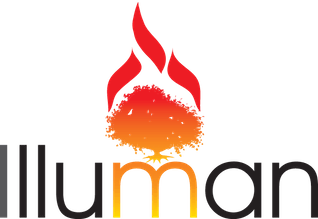
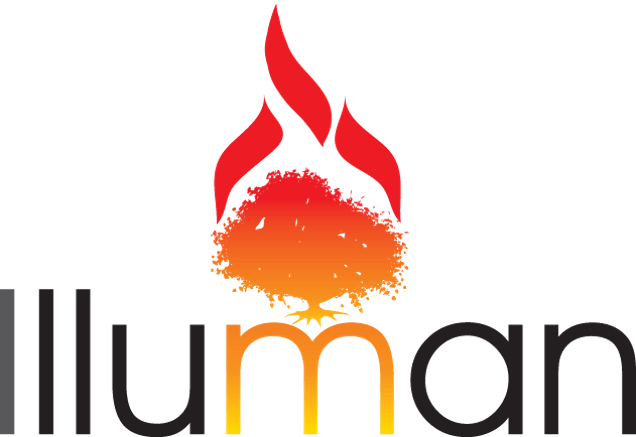
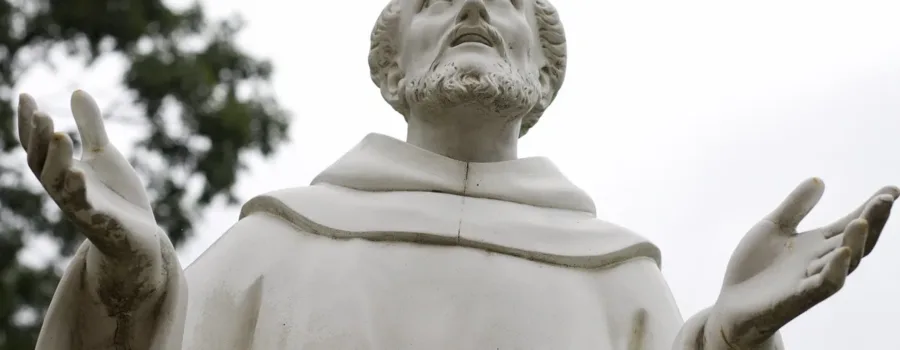
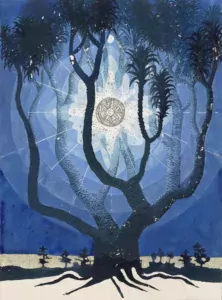
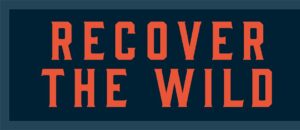

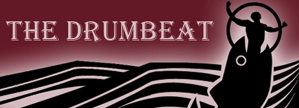
Leave a Reply
Your email is safe with us.
You must be logged in to post a comment.